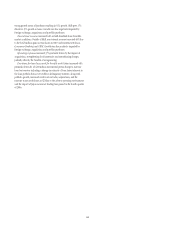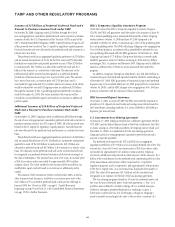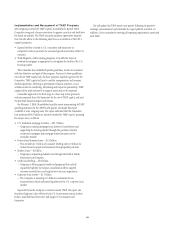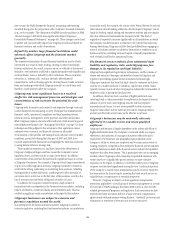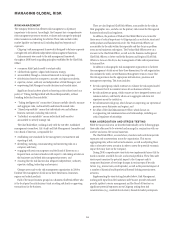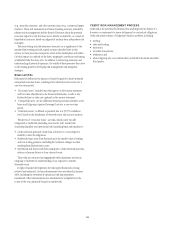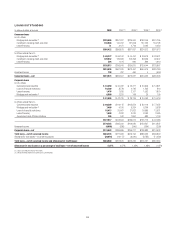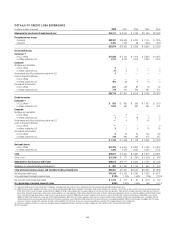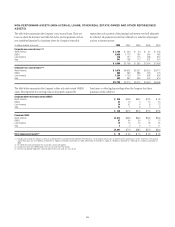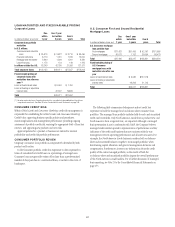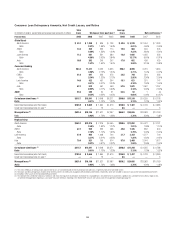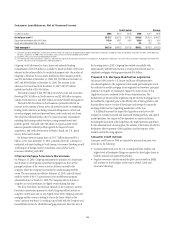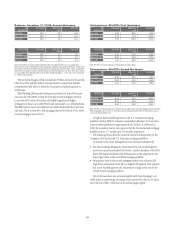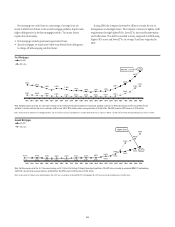Citibank 2008 Annual Report Download - page 58
Download and view the complete annual report
Please find page 58 of the 2008 Citibank annual report below. You can navigate through the pages in the report by either clicking on the pages listed below, or by using the keyword search tool below to find specific information within the annual report.(e.g., monoline insurers), and other systemic issues (e.g., commercial paper
markets). These risk assessments are forward-looking exercises, intended to
inform senior management and the Board of Directors about the potential
economic impacts to Citi that may occur, directly or indirectly, as a result of
hypothetical scenarios, based on judgmental analysis from independent risk
managers.
The stress testing and risk assessment exercises are a supplement to the
standard limit-setting and risk capital exercises described later in this
section, as these processes incorporate events in the marketplace and within
Citi that impact our outlook on the form, magnitude, correlation and timing
of identified risks that may arise. In addition to enhancing awareness and
understanding of potential exposures, the results of these processes then serve
as the starting point for developing risk management and mitigation
strategies.
RISK CAPITAL
Risk capital is defined as the amount of capital required to absorb potential
unexpected economic losses, resulting from extremely severe events over a
one-year time period.
• “Economic losses” include losses that appear on the income statement
and fair value adjustments to the financial statements, as well as any
further declines in value not captured on the income statement.
• “Unexpected losses” are the difference between potential extremely severe
losses and Citigroup’s expected (average) loss over a one-year time
period.
• “Extremely severe” is defined as potential loss at a 99.97% confidence
level, based on the distribution of observed events and scenario analysis.
The drivers of “economic losses” are risks, which can be broadly
categorized as credit risk (including cross-border risk), market risk
(including liquidity) and operational risk (including legal and regulatory):
• Credit risk losses primarily result from a borrower’s or counterparty’s
inability to meet its obligations.
• Market risk losses arise from fluctuations in the market value of trading
and non-trading positions, including the treatment changes in value
resulting from fluctuations in rates.
• Operational risk losses result from inadequate or failed internal processes,
systems or human factors or from external events.
These risks are measured and aggregated within businesses and across
Citigroup to facilitate the understanding of our exposure to extreme
downside events.
In light of market developments, the risk capital framework is being
reviewed and enhanced. Certain enhancements were introduced in January
2009, including the treatment of operational risk and proprietary
investments. Other enhancements are scheduled to be completed over the
course of the year, primarily focused on market risk.
CREDIT RISK MANAGEMENT PROCESS
Credit risk is the potential for financial loss resulting from the failure of a
borrower or counterparty to honor its financial or contractual obligations.
Credit risk arises in many of Citigroup’s business activities, including:
• lending;
• sales and trading;
• derivatives;
• securities transactions;
• settlement; and
• when Citigroup acts as an intermediary on behalf of its clients and other
third parties.
52



